Enough is enough, or possibly too much as my editorial control of the garden too often leans towards keeping everything and chopping out nothing. Currently, sporelings of Japanese Painted and Cinnamon ferns, and seedlings of hostas fill gaps in damp, shaded parts of the garden. I’m overjoyed that plants are growing and propagating contentedly, but best judgment would require removal of most before damage is done to smaller neighbors. Some seedlings that have been left have grown to become fine plants, so I’m too often a year or two slow in making the decision.

While the smaller ferns do no damage, the larger leafed, blue-green hostas can be quite wide spreading, casting substantial shade, so some judgment is required. A tiny seedling is simply removed, but after two years there’s considerable disturbance to the surroundings, which then becomes more of a chore.
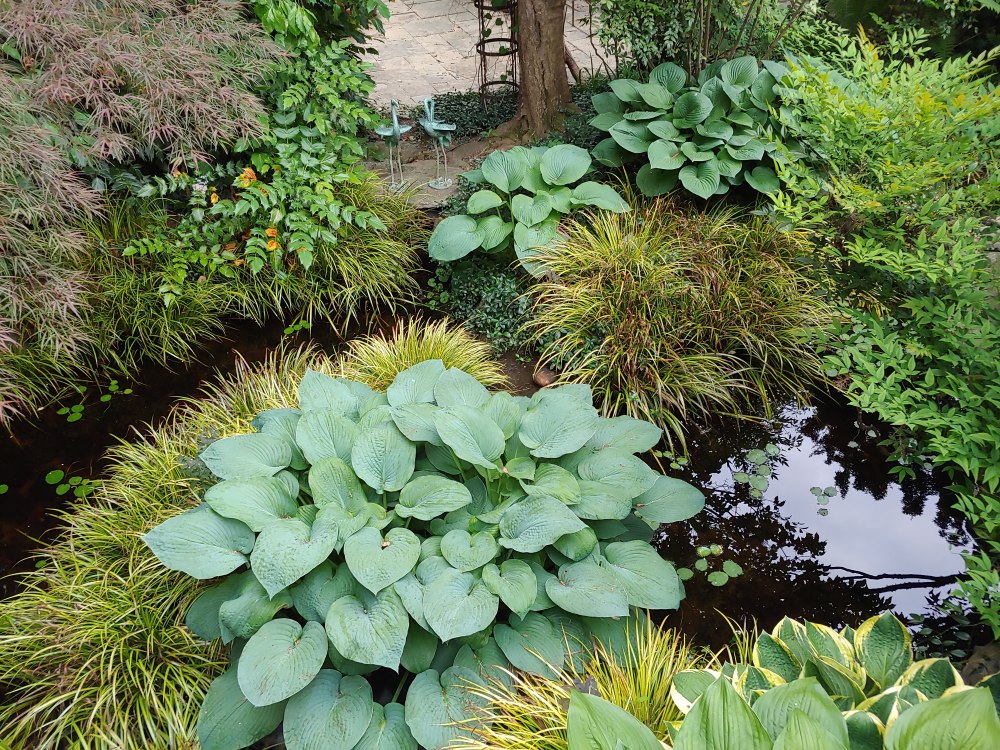
Overcrowding in the garden is rarely an issue, at least as far as I’m concerned, though my wife has entirely different thoughts on this. There is no question that parts of the garden are crowded, but over, not to my thinking.
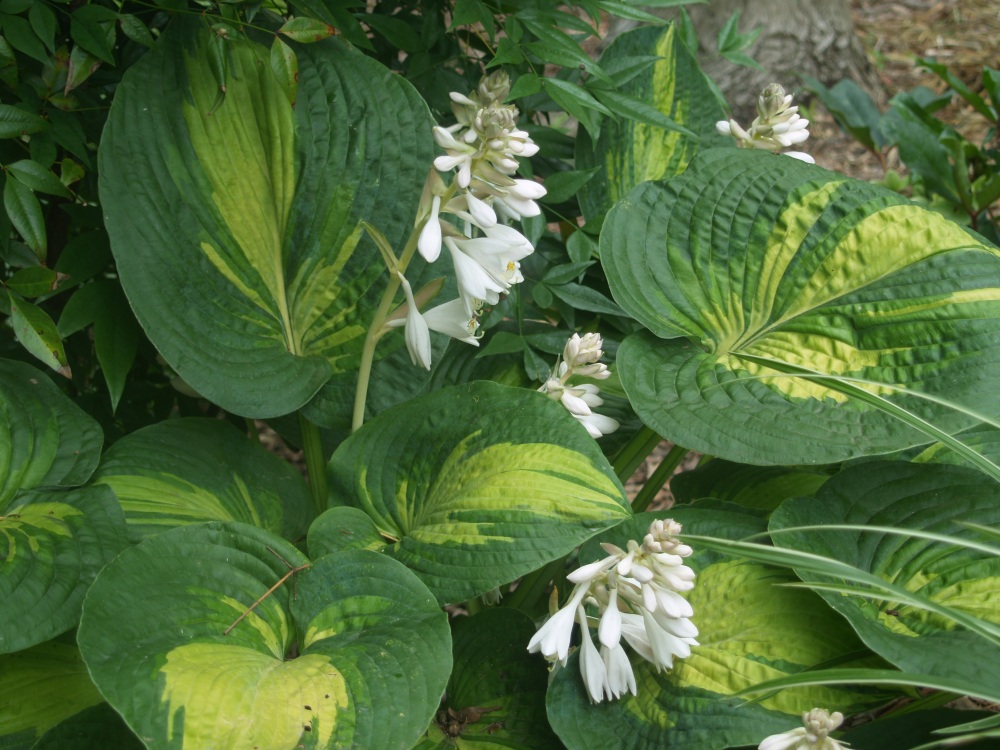
Fortunately, she is handy pruning soft stemmed hostas and nandinas that stray onto the stone paths, but not so good with a trowel or heftier tools that require a bit more oomph. So, if an area becomes a bit too congested (in her opinion), I’ll hear about it, but there will be no digging unless I do it.
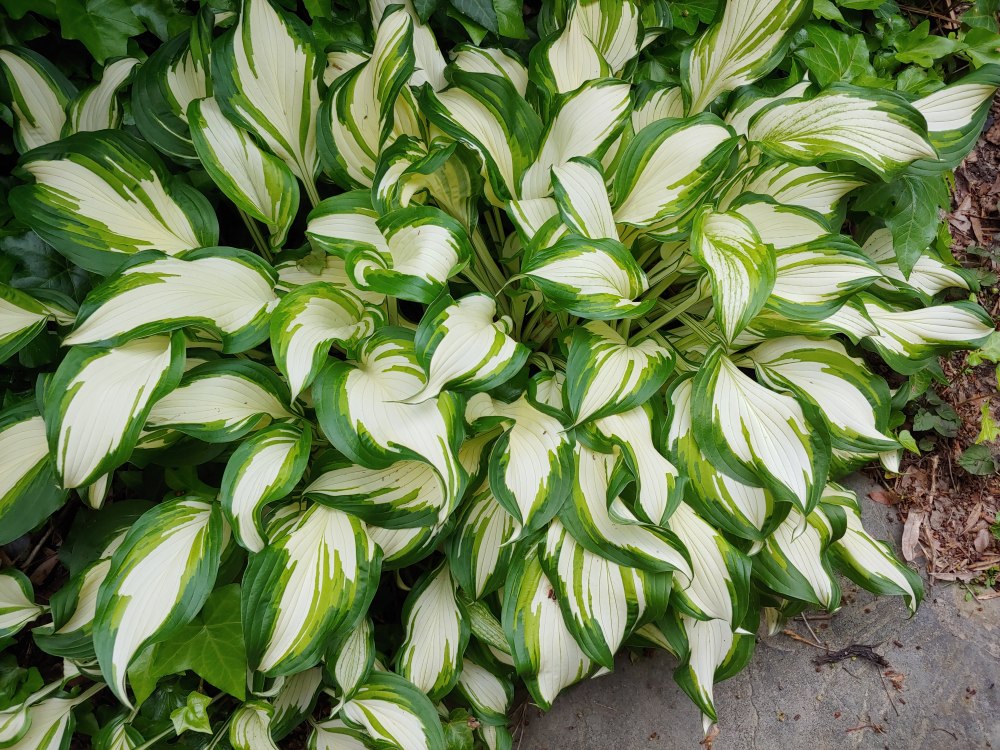
Deer have been particularly active in recent weeks, and I’m reminded that there were once over a hundred hosta cultivars in the garden. Over several years when deer were permitted to browse, a number were lost, so now I spray a repellent regularly, with an occasional lapse that drags on too long and confirms that deer are here, and hungry.
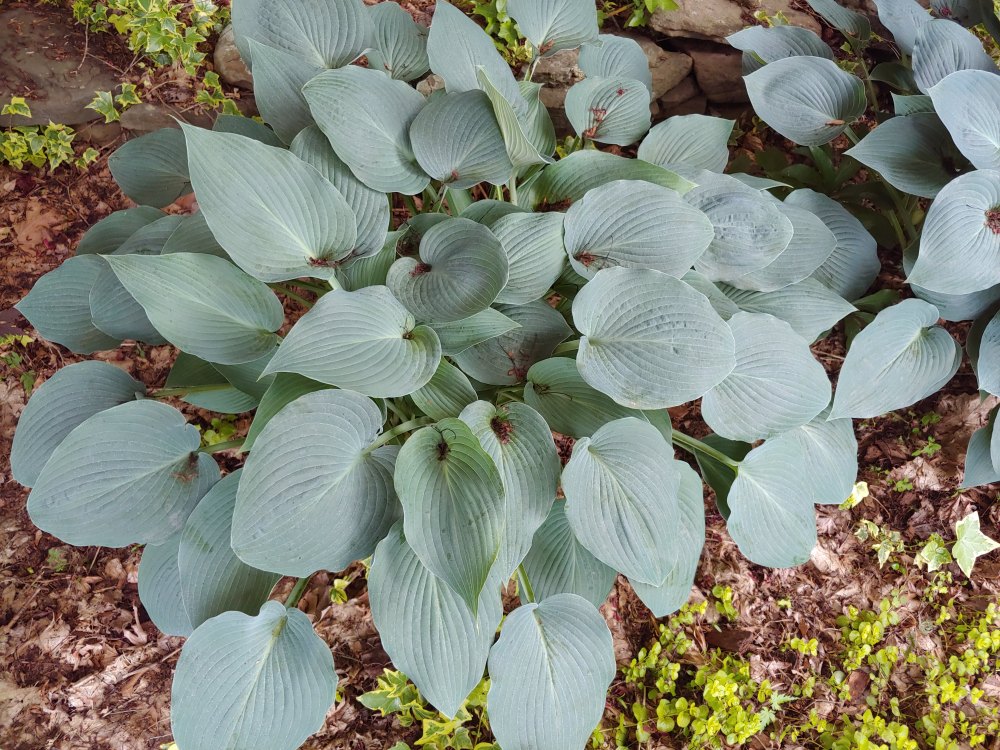
This week, I’m disturbed to see damage from deer visiting the garden, though only a leaf or two has been eaten. One poor Disporum has been stomped on several times, and as soon as I tidy up broken stems, the next morning there are more, with a prominent deer hoof print in the muddy ground evidence of the cause. Yes, a tall fence would solve the problem, but I don’ like fences, and this garden strays far beyond the property line.
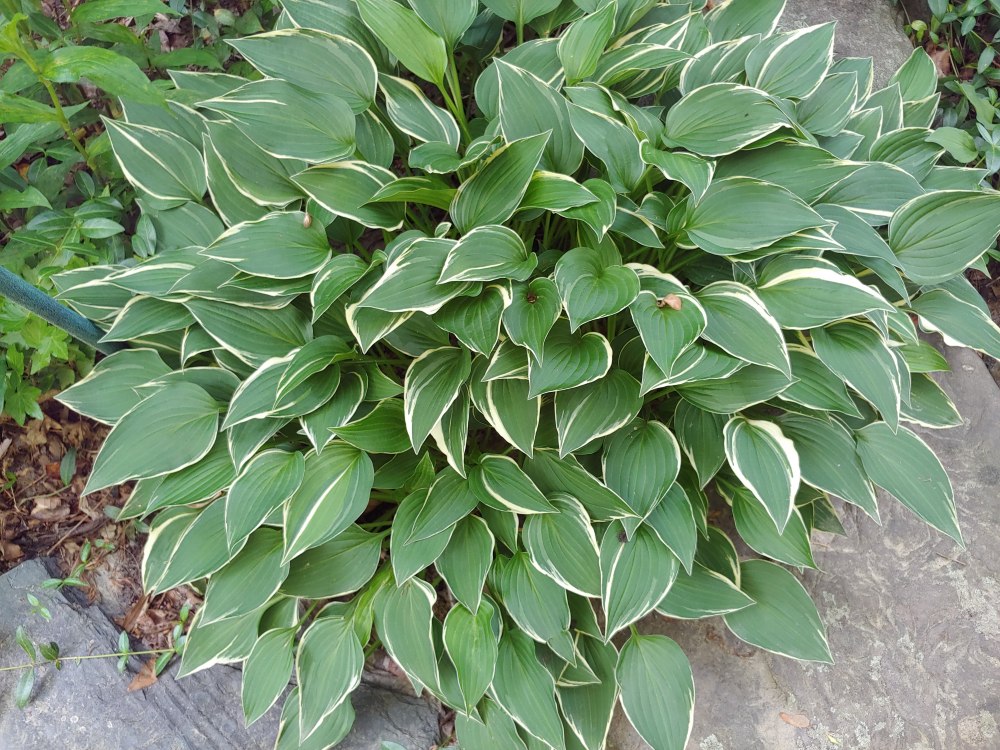
So, besides the occasional hosta damaged by stampeding deer, and ones that are missed when I spray the repellent, I now have no concern about growing hostas. With the number already in the garden, I don’t get too excited by new introductions that don’t seem too different , but I’m not looking to chop any out. Except, perhaps, a few seedlings if they’re very obviously in conflict with some other treasure.

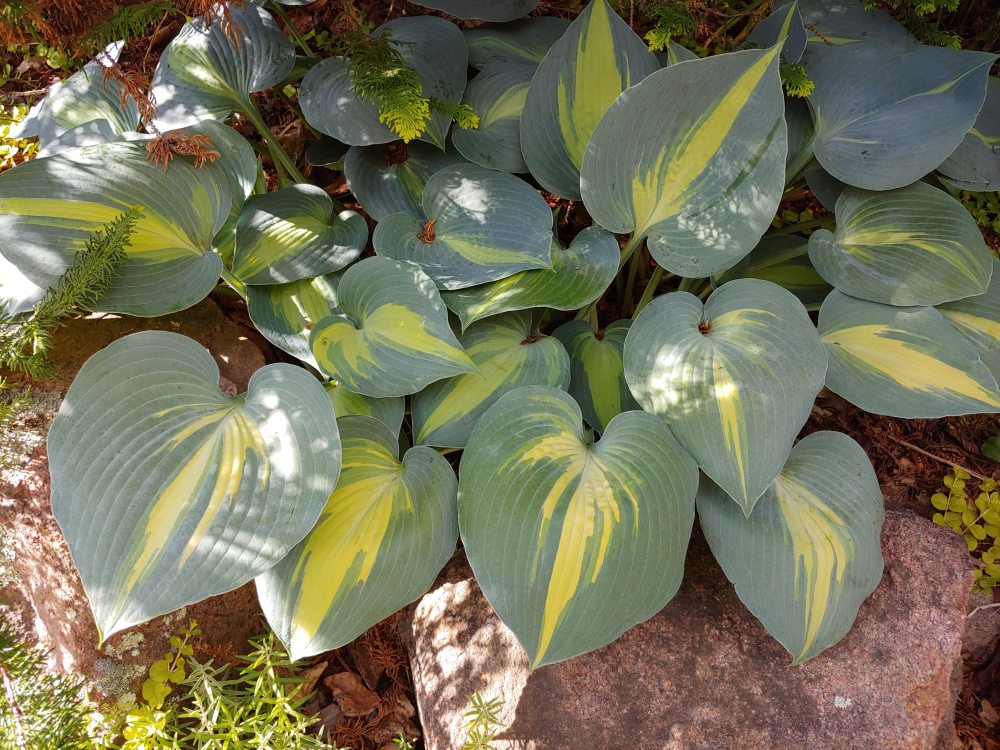

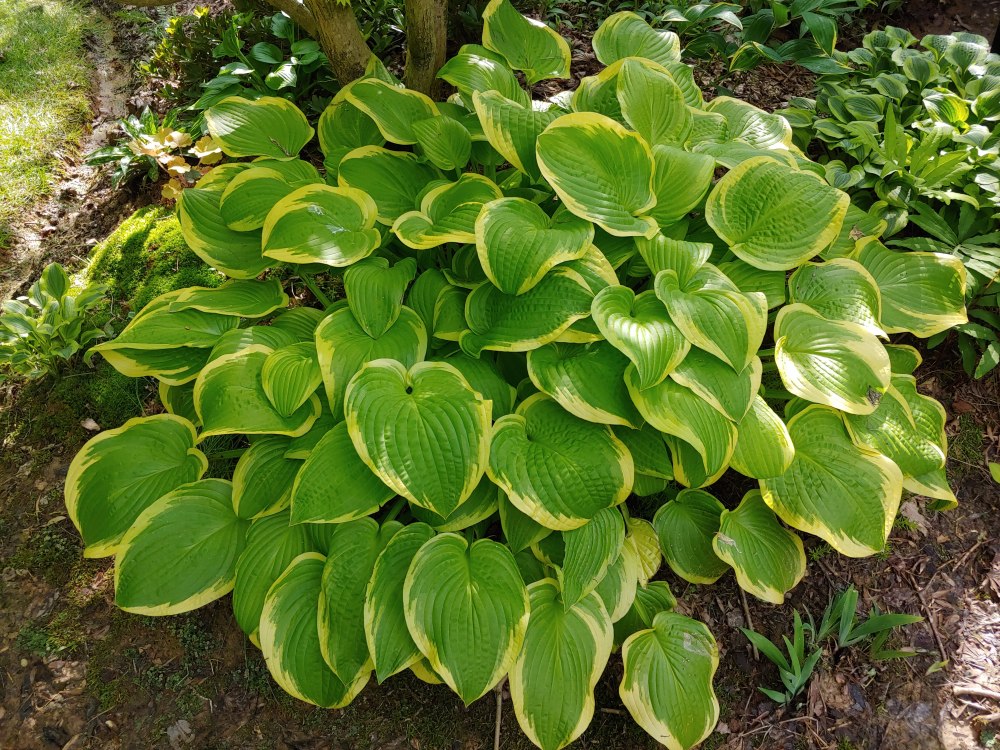
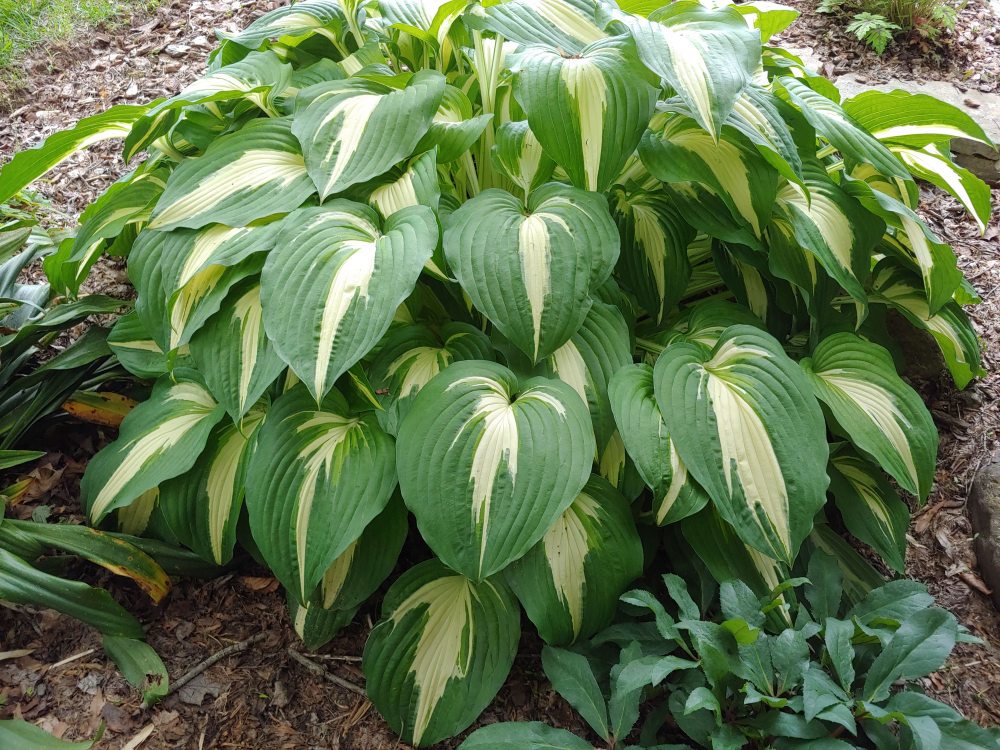
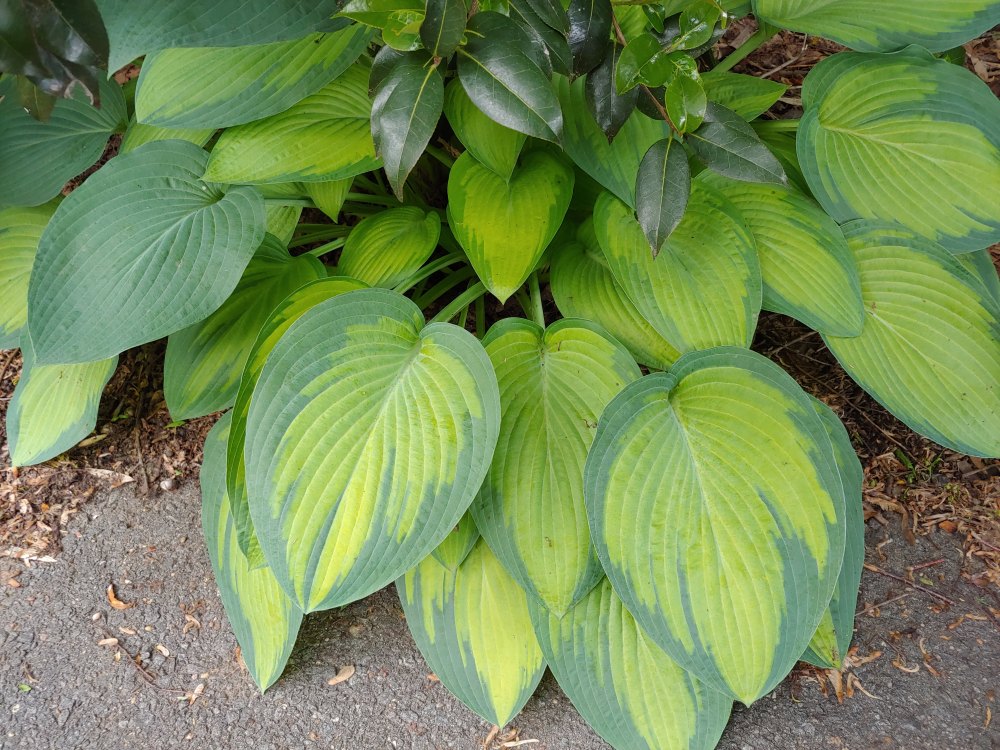
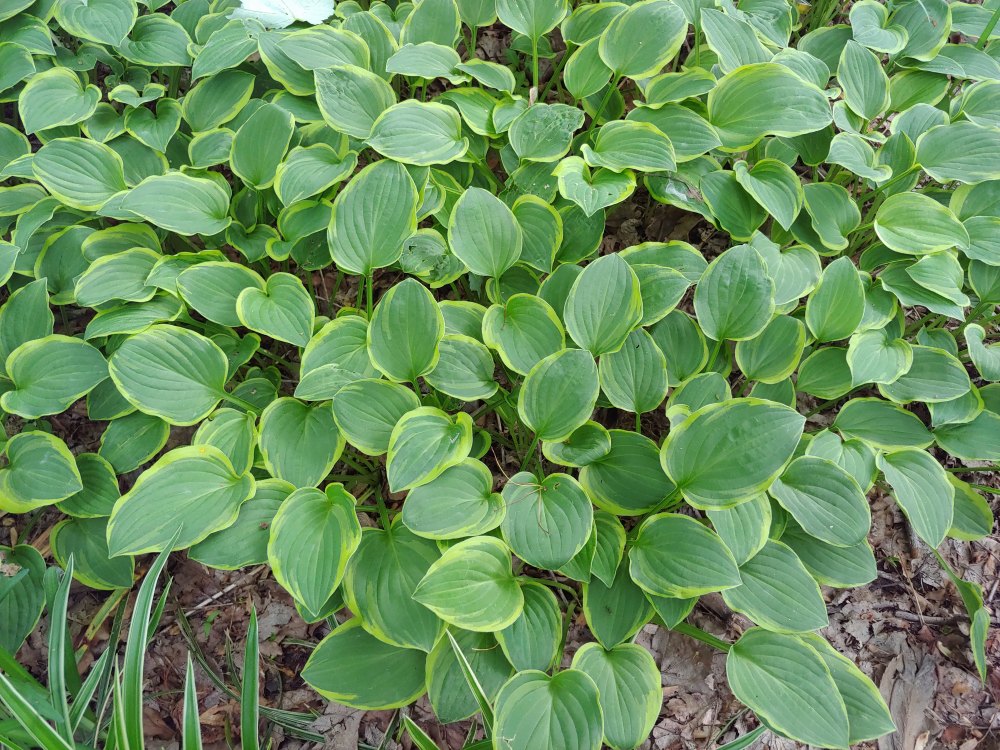
What a handsome bunch! I recently planted ‘Dancing Queen’ a lovely and very yellow variety. Keep your eyes open for it. Thanks for these peeks into your garden!
Do you have any other blue hostas? How well do they hold up in the summer heat? Supposedly “touch of Class” has a double layer of wax (I don’t think Halcyon has a double layer of wax).
From https://awaytogarden.com/things-i-didnt-know-about-hosta-with-tony-avent/
With blue hostas, a waxy coating on the leaves is what causes the light to be reflected in such a way that they look that glaucous blue, Tony explains—“and we all know what happens to wax after many days in the 90s; the wax melts off. And if you have a lot of rains in the summer, the rains can wash the wax off.
“The warmer climate you move into, the blues just don’t hold up. So it’s the amount of wax—and that’s why I like things like ‘Touch of Class’ (above photo) because the wax holds up much longer; it has a double layer of wax.”
Blue hostas in more sun turn greener in summer, but in shade they fade only a little. I fade in the sun too, so I sympathise.
Aggressive hostas seem like a good problem to have. They do so poorly here, yet, people keep planting them. There are some at work, and some of them are rather pretty, but they never really thrive. In other regions nearby, the climate is just to arid for them.
In full or part sun most hostas will fade or brown along the edges, but in shade they do exceptionally well for us.